The Re:Set Guide
7 Ways You Can Speak to Your Child About Disabilities
A special needs advocate and mom shares pointers from her real-life experience.
There’s a scene that often plays out in our life. I’m out with Syona, my 9-year-old daughter, who has cerebral palsy and uses a wheelchair. We could be at the park, at the mall, the grocery store or any other community environment. People stare and they point. I often overhear kids asking their parents about Syona and her wheelchair, to which the parents often respond by shushing them. Occasionally people smile, and I wish they would do this more often or they would simply wave or say hi. However, I also think I know where this lack of willingness comes from: not knowing what to do.
As parents, our job is to raise the next generation of people to be kind, successful, caring and contributing. We can leave the world a little better than when we found it. One way to do that is by talking to your kids about children with special needs.
Read books about diverse characters
There are so many kids books with diverse characters. Robert Munsch’s “Zoom” features a protagonist in a wheelchair, and Todd Parr’s “It’s Okay to Be Different” includes characters with all kinds of differences. If you search online for “books about kids with differences or disabilities,” you will find so many lists and resources. Introducing these books to your child at any age helps expose them to characters of all abilities and helps them understand that people with disabilities can be our friends, our family members and valuable members of our community.
Talk about what makes people different and how those differences are valuable
People come in different shapes, sizes, colours and abilities. Even people who look the same have differences! Explain that to your kids. Point out diversity in everyday life including in your own social circles and community. If your kids love animals, demonstrate the differences in animals! It shows them that our world is diverse and rich. Explain that though there are things that make people different, these differences also often mean people have special strengths (or superpowers as my daughter likes to say). Someone who is blind often has super hearing, or a child who has autism may have an incredible ability to pay attention to detail. Being in a wheelchair makes my daughter’s arms super strong! Point out the strengths that come from being different.
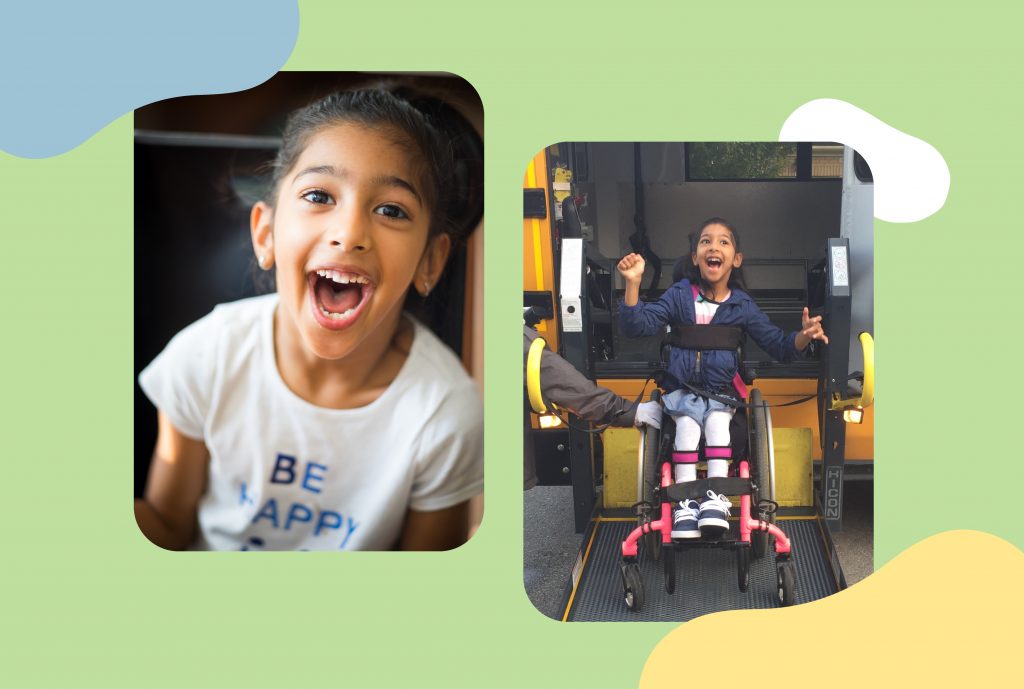

Treat people with disabilities with the same kindness that you would have for anyone. Photos courtesy: Anchel Krishna
Talk about what people often have in common, even when they are different
Like most kids, my daughter loves chocolate and pizza. Sure, she uses a wheelchair but almost any 9-year-old can bond over a shared love of pizza and chocolate. Talking about what people have in common, despite their differences, also helps kids learn that it’s easy to get along with people who are different from us.
Have a diverse group of friends
Kids learn best through modeling and experience. What does your community and group of friends look like? Do you have friends from different backgrounds, cultures and abilities? Friends who work in a variety of fields? When you introduce diversity into your own personal circle, you teach your children that life is diverse. People can be very different but still connect and diversity leads to a richer human experience.
Include everyone in get-togethers
While it can seem daunting, finding a way to include everyone in social gatherings is really no big deal. Read this article for practical tips on how you can do that!
Encourage curiosity, while being polite
If you see someone with a disability and your child is curious, you should answer their questions honestly. Don’t shush them and don’t guide them away. Stick to the facts that you know. When people see my daughter in a wheelchair, I wish that instead of shushing their kids, they would simply explain that some people need to use special equipment to get around.
Say hi
Disability isn’t something that is shameful. It’s simply a part of the spectrum of people in the world. Show your child this fact by simply saying hello and being friendly when you see a child with special needs. Treat people with disabilities with the same kindness that you would have for anyone.
Anchel Krishna is a mom of two daughters, including one with cerebral palsy. She works as a communications professional for a children’s rehabilitation organization in Canada and does some freelance writing about being a parent.
Also read: Reclaiming the Narrative Around Down Syndrome




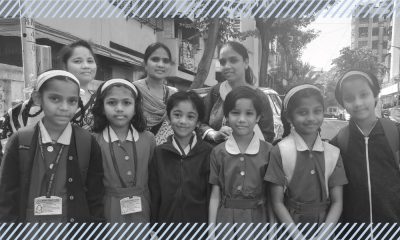





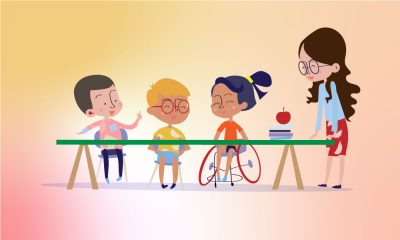
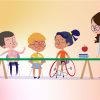








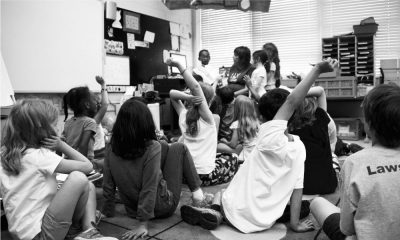

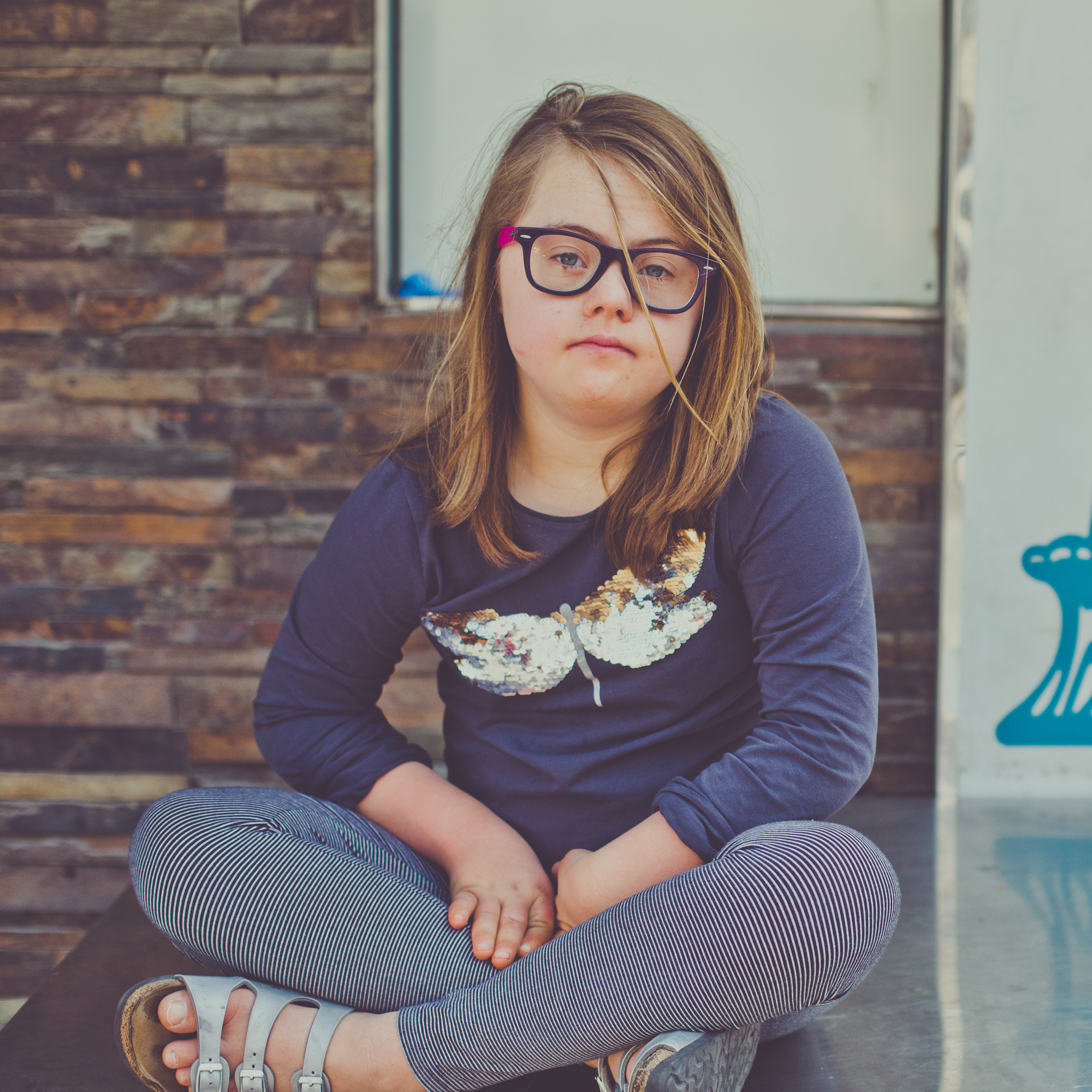
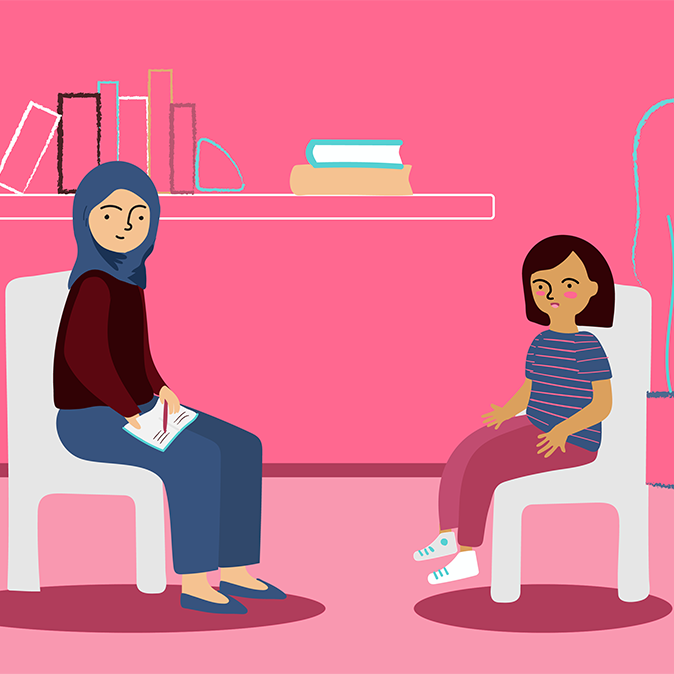
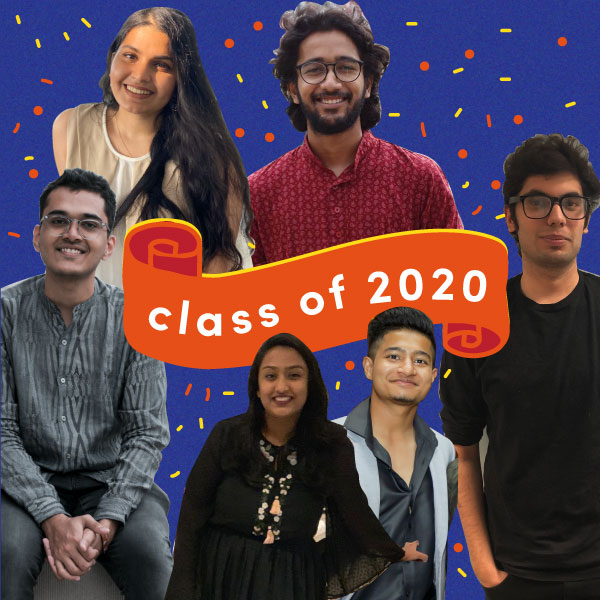
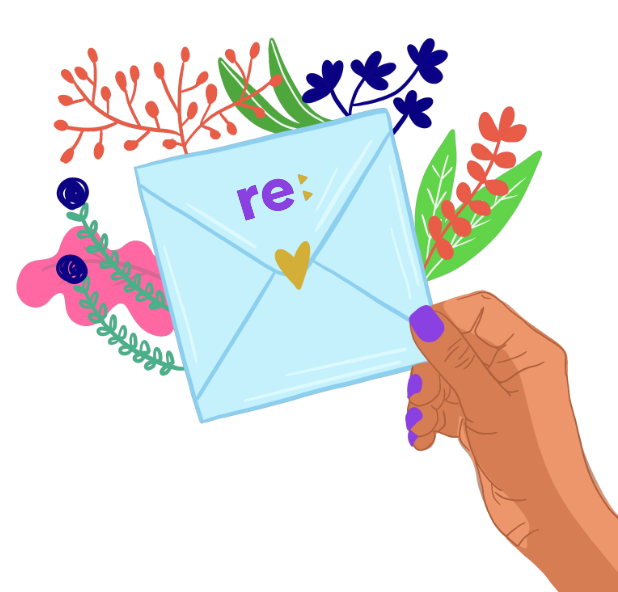
Maria O.
August 24, 2021 at 9:18 pm
Anchel, I have read several of your articles and have been so impressed with your work on educating parents. I am working on a picture book where the heroine is in a wheelchair. I would love to do my research properly and would love to ask you a few questions over email if that is something you are up for. Your daughter, Syona, is beautiful! Thank you.